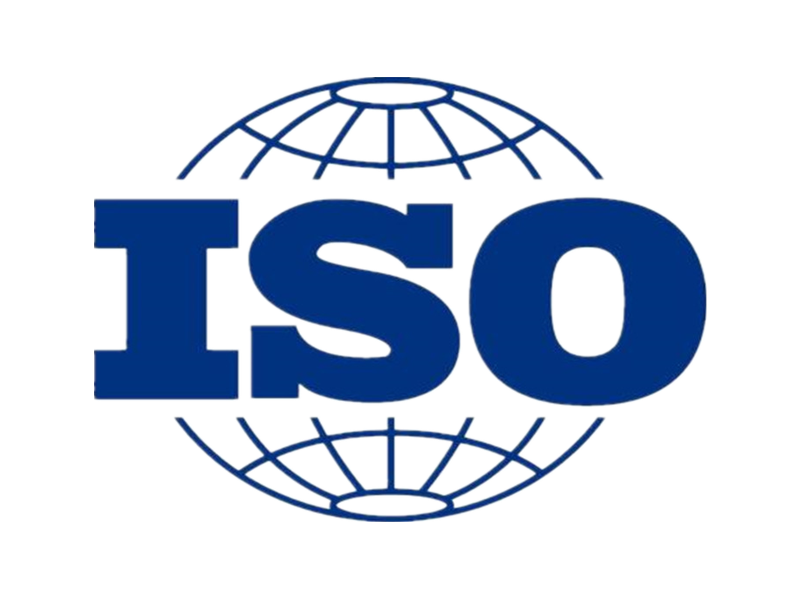Stainless Steel Is The Material Of Choice For
by:East King
2020-08-30
The stronger different to grade 430 stainless, 434 stainless steel has a tensile strength of 540 MPa and a most working temperature of 815˚C (1,499˚F). This makes grade 434 stainless steel slightly higher for prime-temperature functions than 316 stainless, whereas being more durable than grade 430 stainless. Grade 434 stainless additionally has excellent pitting resistance compared to 430 grade stainless steel. Another frequent number of austenitic stainless steel, grade 316 stainless has a high tensile strength of 579 MPa and a most use temperature of around 800˚C (1,472˚F). While having a decrease tensile strength and temperature tolerance than grade 304 stainless steel, grade 316 stainless has a better resistance to chlorides than 304 alloy does.
Sulphur is added to the steel composition to make it highly machineable. However, the sulphur presence lowers the alloy’s corrosion resistance in sure harsh environments. Galvanic Corrosion occurs when there are two metals with completely different corrosion potentials current and there is direct metal-to-steel electrical contact. A conductive solution such as water connects the two metals at regular intervals such as occurs when there is condensation, rain, fog or other moisture sources making contact. As an example, bolts and other connectors of various metals utilized immediately on stainless steel in a regularly wet setting may cause both metals to corrode and even fail at the connection point.
The chromium content in stainless steel alloys is what generally prevents corrosion. The chromium works by reacting with oxygen to type a tough, adherent, invisible, passive layer of chromium oxide movie on the steel surface. If broken mechanically or chemically this movie is self therapeutic as long as it has enough oxygen.
But there is still a difference in high quality between the forms of austenitic, or non-magnetic, stainless steel. You’ll typically find that austenitic stainless steel is weakly magnetized, and that’s because of the manufacturing course of. You can really type ferrite and martensite by “cold-working” the steel, which does make it more prone to corrosion and leaching. There are three primary types of buildings in stainless steel—austenite, ferrite, and martensite. When you see stainless steel labeled as 18/8 or 18/10 that is telling you the way a lot chromium and nickel is in the steel.
The first quantity indicates 18% chromium, and the second 8% or 10% nickel. The nickel is the key to forming austenite stainless steel. 304 is the frequent “18-8” alloy which is the most readily available grade, and most frequently specified for “all function” functions. It has glorious corrosion resistance and excellent formability. 303 stainless offers improved machinability whereas still being corrosion resistant.
Since oxygen is necessary for reaction, liquids and different issues stored for a extend time in stainless can stop oxygen contact and thus promote corrosion. If you take away rust with a material the chromium will chemically react with the oxygen within the air and produce a new protective layer.
Custom message











